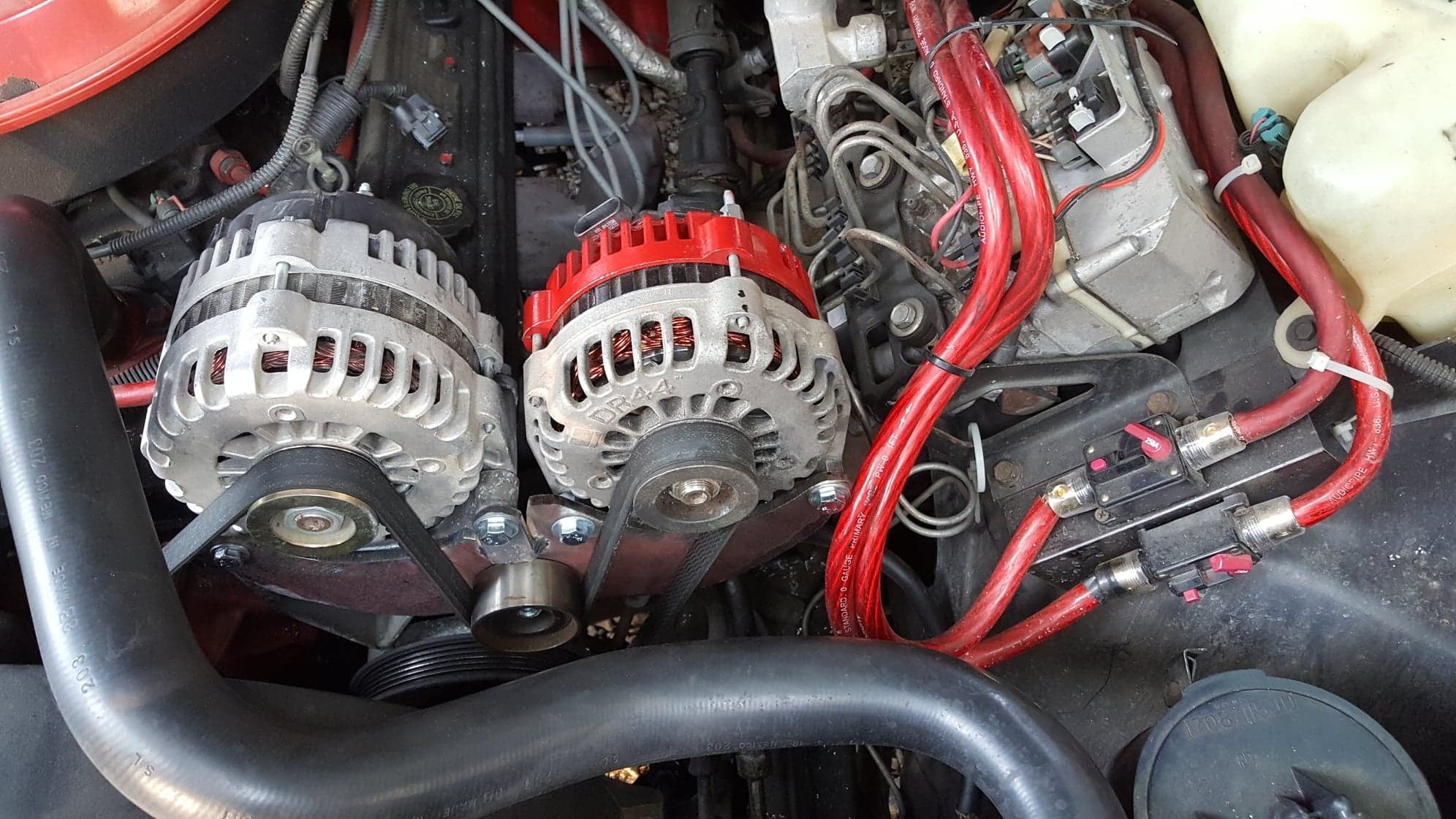Many truck buyers place their focus on engine power, towing capacity, and fuel economy. While these factors remain important, there is another feature that often determines how dependable a truck is when pushed to the limit: the alternator system.
The alternator serves as the heart of the truck’s electrical system, keeping the battery charged and powering components such as lighting, infotainment, air conditioning, sensors, power tools, and auxiliary systems.
Some trucks are equipped with a dual alternator setup, offering much more reliable energy output for demanding tasks. This becomes especially necessary for commercial users, emergency responders, or those towing heavy loads regularly.
Dual alternators provide higher amperage, which helps in handling multiple electrical loads simultaneously without stressing the system. It also increases battery life and reduces downtime during long hauls.
Meanwhile, certain trucks still rely on a single, less powerful alternator that may not cope well under pressure. These systems tend to struggle when extra accessories are plugged in, especially in work trucks or off-roaders that require additional lights, refrigeration units, winches, or mobile offices.
Once the electrical demand crosses a threshold, systems can lag or even shut down, leaving the driver in a difficult situation.
We are going to analyze five trucks fitted with strong dual alternator systems and compare them with five trucks that rely on single units with insufficient output. Each vehicle is assessed based on its alternator performance, suitability for power-demanding tasks, and how well it handles extended electrical load.
For those planning to use their trucks beyond casual commuting, understanding the electrical capacity is just as important as horsepower or payload. Knowing which trucks come ready with dual alternators from the factory can help make the difference between smooth operation and unnecessary repairs.
Trucks with Dual Alternators
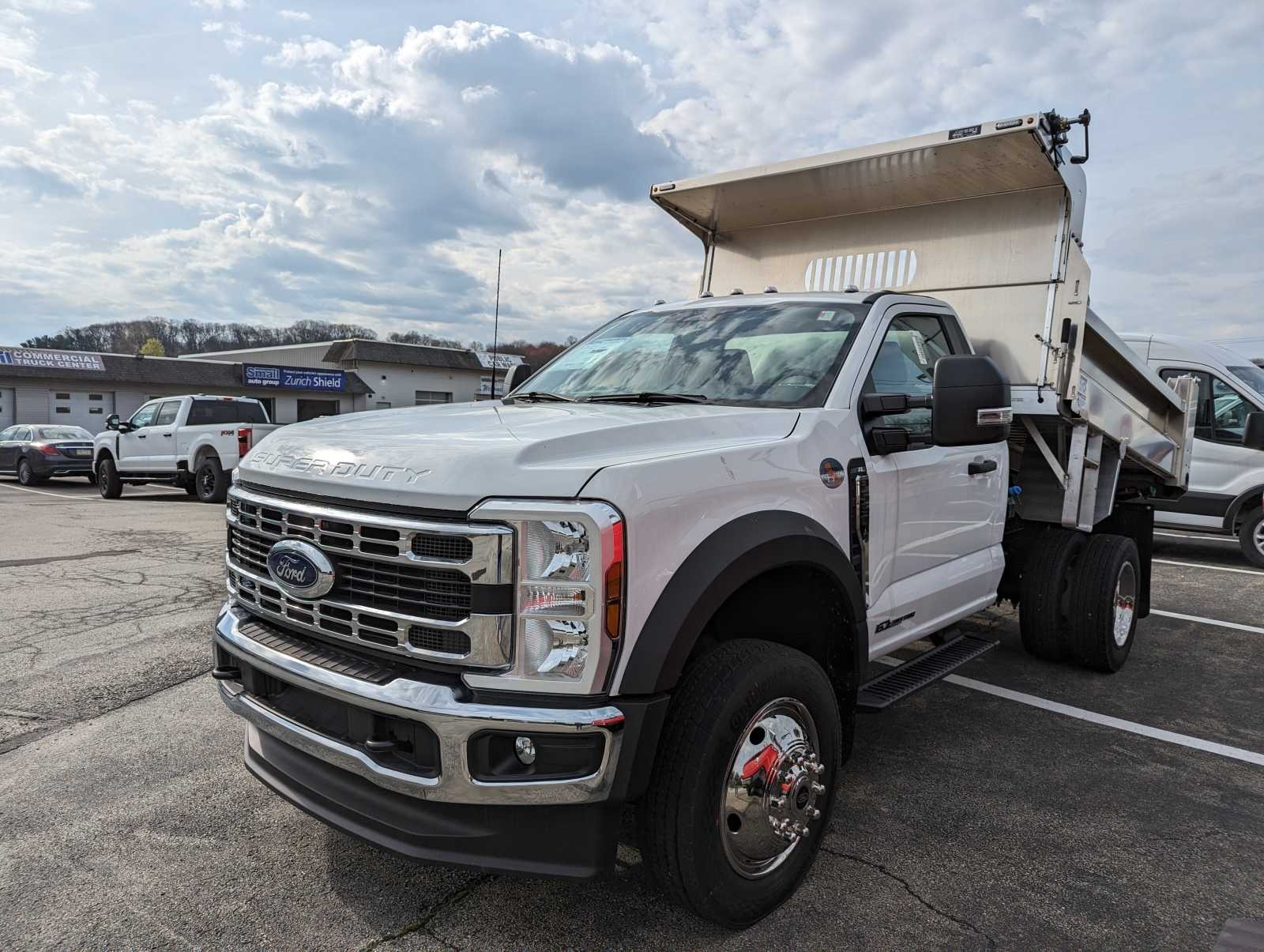
1. Ford Super Duty F-550
The Ford Super Duty F-550 stands out among heavy-duty trucks thanks to its optional dual alternator configuration. Designed for those who rely heavily on truck performance in the field, this model is often the first choice for utility workers, mobile mechanics, and fleet operators.
When equipped with the 6.7-litre Power Stroke V8 turbo diesel engine, the F-550 offers an optional dual alternator setup that produces up to 397 amps of combined output.
This extra amperage is essential for running high-demand electrical components, especially in vehicles that serve as mobile workshops.
Many buyers select this configuration when upfitting their trucks with liftgates, refrigeration units, lighting towers, and worksite generators. Even in cold climates or off-grid zones, the F-550 with dual alternators continues to function reliably without placing pressure on the battery.
Inside the cabin, the electrical system supports advanced features such as a large touchscreen, wireless device charging, trailer brake controllers, and digital gauge clusters, all running smoothly.
The alternators also power safety systems like lane-keeping alerts, adaptive cruise control, and collision detection. Unlike some trucks, where engaging many accessories may cause dimming lights or audio disruptions, the F-550 maintains consistent performance across all electrical systems.
Ford allows users to select a dual alternator package straight from the factory floor, avoiding the need for aftermarket adjustments. This means all wiring and controls are integrated into the truck’s build, preserving warranty and ensuring proper load balancing.
When combined with the high towing and payload ratings of the F-550, this electrical setup makes the vehicle more dependable for commercial and personal operations alike.
If your work demands nonstop power delivery and you cannot risk a battery failure, the Ford F-550 delivers what you need. Whether it is for oilfield operations or municipal work, the dual alternator system supports every load you throw at it without hesitation.
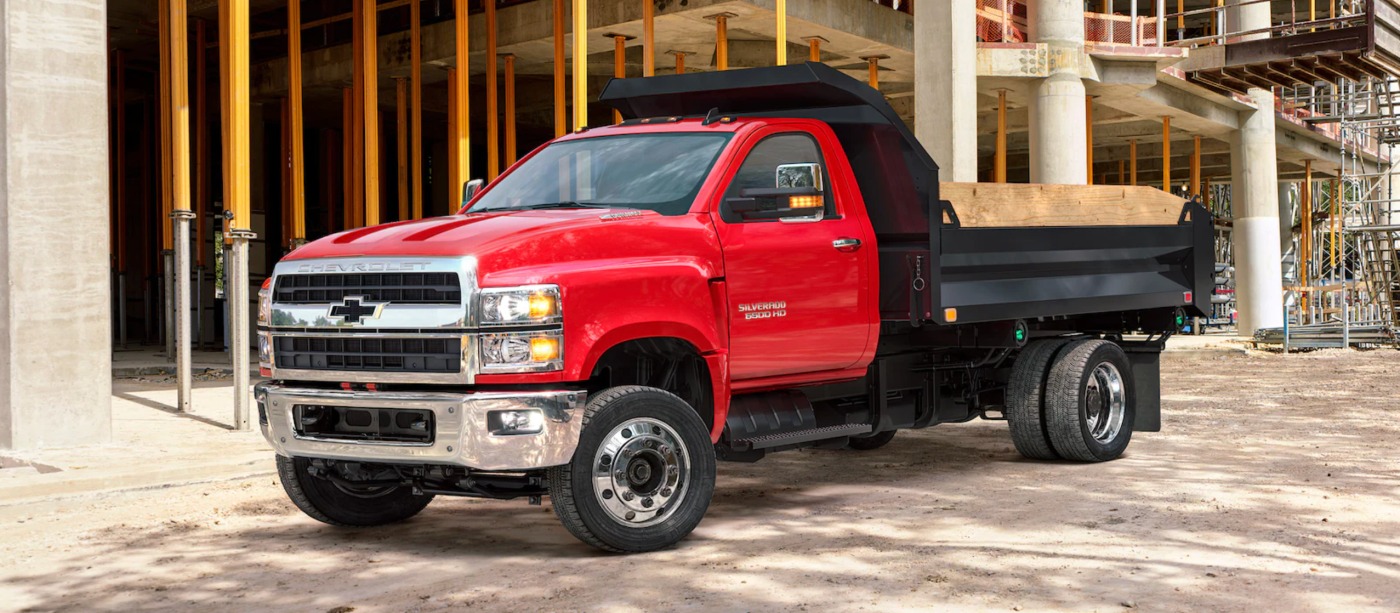
2. Chevrolet Silverado 6500HD
The Chevrolet Silverado 6500HD is built for those who work beyond the city streets. This medium-duty truck has become popular among construction companies, emergency service providers, and heavy-equipment haulers due to its rugged frame and electric capacity.
One major reason for its reliability under pressure is the availability of a dual alternator system. Buyers who choose the 6.6-litre Duramax turbo-diesel V8 engine can upgrade to a dual 150-amp alternator configuration, giving a total of 300 amps of output.
This output is particularly helpful for vehicles fitted with additional lighting, mobile computing stations, or heavy-duty hydraulic systems. It also ensures that every electrical device functions properly during long hauls, even when multiple accessories are active. Mechanics and contractors often require uninterrupted power, and this Silverado handles that demand with ease.
Unlike light-duty trucks that suffer when their electrical system is stretched, the Silverado 6500HD keeps working with confidence.
Whether it is emergency lighting, power inverters, or onboard air compressors, the dual alternators manage it all without the battery draining prematurely. The truck’s solid wiring harness and smart power distribution system play a big role in this dependable operation.
The cabin is also well-prepared for electronic needs, offering multiple charging ports, USB outlets, and data connections.
With the increased amperage from the dual alternators, it is possible to power tools or even mobile welding equipment without interruption. For operators who cover long distances or spend hours at worksites, this setup reduces downtime and avoids frequent battery replacements.
Choosing the dual alternator package during the initial vehicle order is a wise move. It ensures that the powertrain control module properly manages both units and balances the output without overheating.
For those who use trucks not just for transportation but as their mobile office and toolbox, the Silverado 6500HD stands strong with a dual alternator that backs its power.
Also Read: 5 Cars With Tech That Enhances Driving and 5 That Overcomplicate Everything
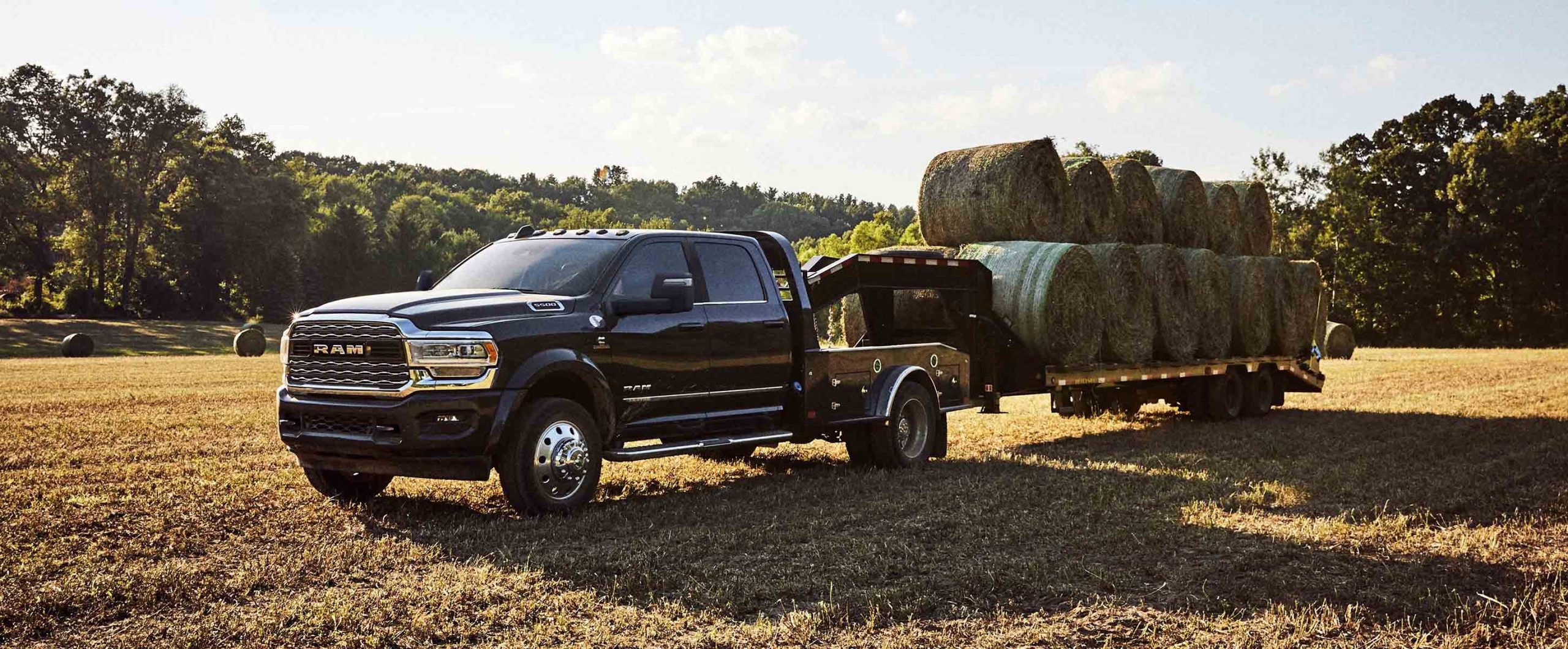
3. RAM 5500 Chassis Cab
The RAM 5500 Chassis Cab offers drivers more than just muscle. It is fitted for serious work applications, and that includes a strong electrical capacity.
Those who select the 6.7-litre Cummins turbo diesel engine can equip the truck with a factory-installed dual alternator setup that delivers up to 440 amps of combined output. This makes it one of the highest-output systems available in a truck of this class.
For users in emergency services, mining, or heavy towing, this electrical strength is not just a luxury but a necessity.
High-demand vehicles often rely on systems like auxiliary pumps, surveillance units, and mobile diagnostics tools. Without reliable power, these tools can fail. The RAM 5500 prevents that by distributing the load evenly across both alternators.
The alternators are mounted on opposite sides of the engine, which helps in better heat management and efficient airflow. When the truck is under heavy stress, such as hauling equipment through rough terrain or powering onboard systems through extended idling, the alternators maintain stable output.
There is no drop in voltage even when the vehicle is running climate control systems and multiple external devices. Drivers appreciate that the truck continues to provide steady interior power even when the engine is at low RPM. This helps when using the truck for stationary work. F
irefighters, highway patrol, and road crews often require trucks that idle with full electrical functionality for hours. The dual alternators on the RAM 5500 make that possible without risking damage to the electrical system.
RAM also ensures that the dual alternators work seamlessly with the existing onboard diagnostic systems. If a fault is detected, the truck alerts the driver immediately, allowing for fast repair or maintenance.
This system reduces the chances of power loss due to alternator failure. For people who cannot afford downtime and rely on electrical accessories daily, the RAM 5500 Chassis Cab with dual alternators is a dependable choice.
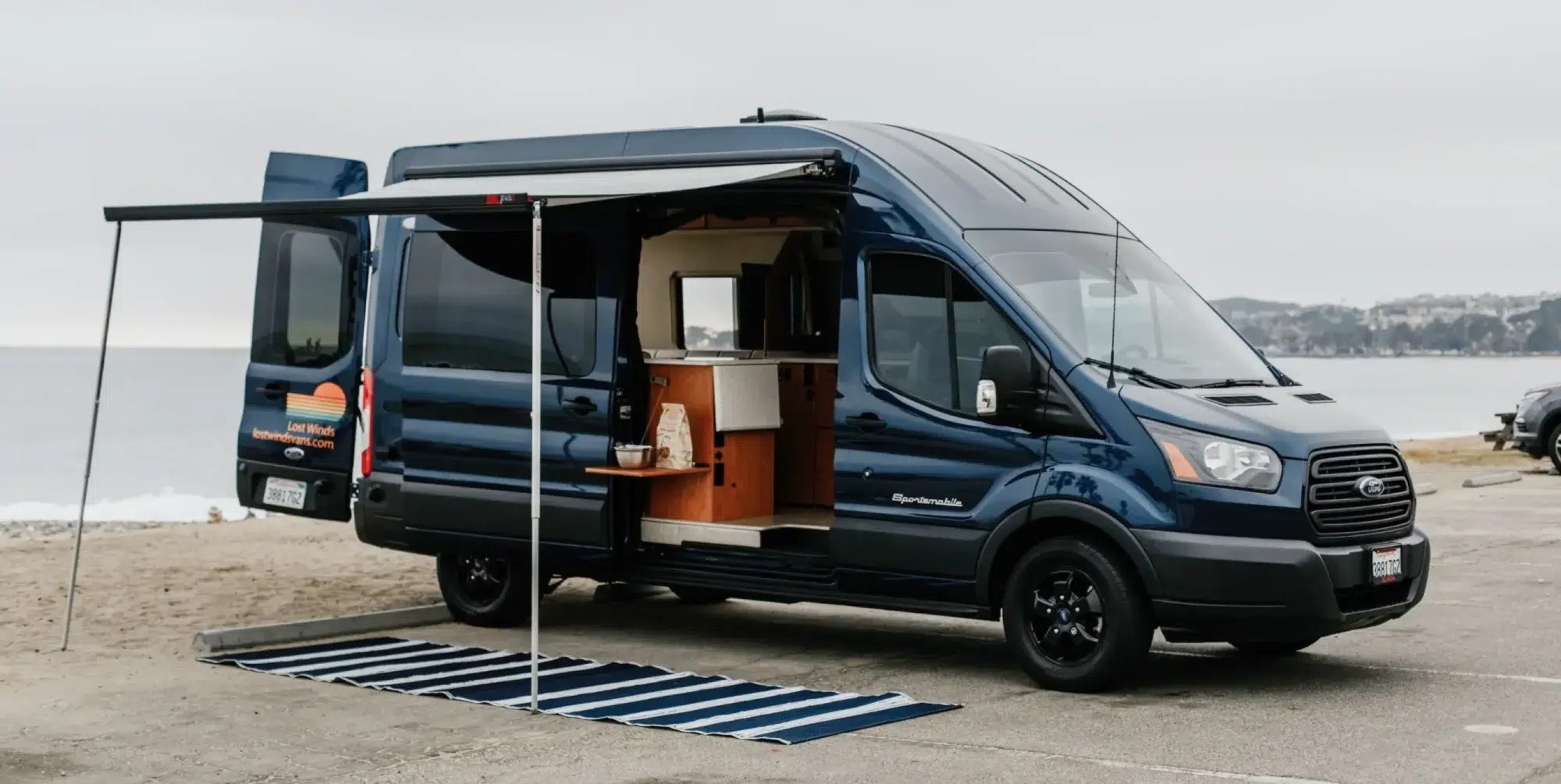
4. Ford Transit
Though usually associated with cargo transport, the Ford Transit can be configured with dual alternators for those who need reliable onboard power.
The van’s popularity among delivery services, shuttle operators, and mobile businesses makes electrical reliability a priority. When buyers select the 3.5-litre EcoBoost V6 or the 3.5-litre PFDi V6 engine, a dual alternator option is available that delivers over 370 amps in total.
This setup works especially well for ambulances, mobile food trucks, mobile clinics, and transport vans with HVAC needs. It is also useful for mobile office conversions or RV-style builds that need uninterrupted electricity.
The dual alternators ensure that electronic equipment can run without interruption even when the vehicle is stationary. Cooling units, display monitors, external lights, Wi-Fi routers, and other gadgets can all be powered together.
Ford engineers designed the system to ensure each alternator handles part of the load, reducing strain on a single unit and preventing overheating. The alternators are paired with smart controllers that monitor voltage output in real time. This allows both alternators to switch roles or back up one another in case of performance variation or failure.
When the Transit is used for continuous deliveries or transport across long distances, dual alternators support charging devices and running onboard systems without discharging the battery. This is important in operations where there are multiple stops and short engine run times, which normally strain the battery.
Service providers who convert the Transit into command centres or work vans benefit from this level of power control. It reduces the need for standalone generators and allows continuous productivity without draining battery life. Even in harsh temperatures or during overnight operations, the Transit with dual alternators holds up reliably.
This option can be added during purchase through Ford’s upfitting programme, ensuring proper integration. For those turning their Transit into more than just a transporter, dual alternators allow steady power without compromise.
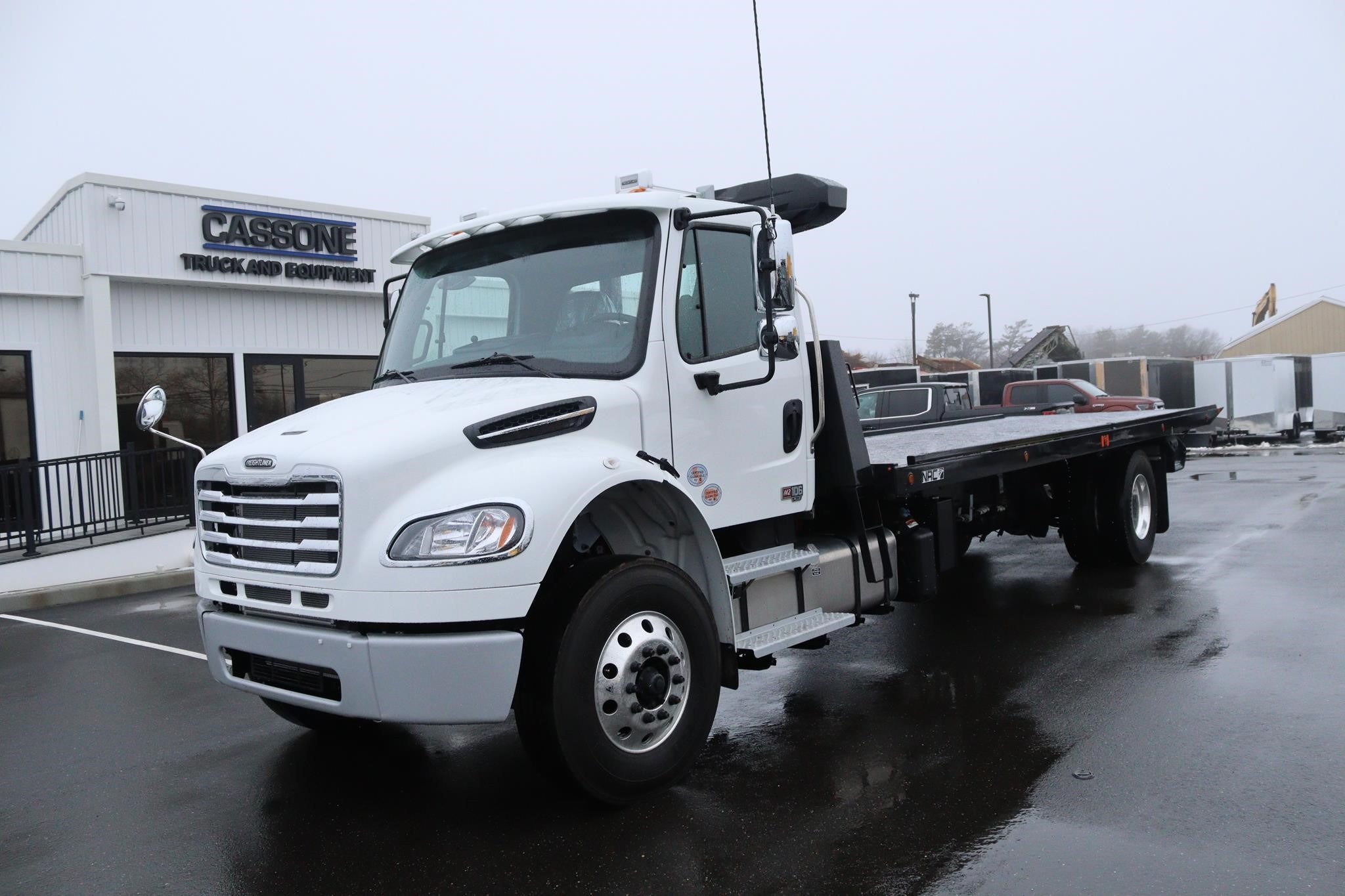
5. Freightliner M2 106
The Freightliner M2 106 has become a preferred option in medium-duty applications because of its high electrical performance, especially when configured with dual alternators.
Designed for commercial duty, this truck caters to industries like refuse collection, utility service, tow and recovery, and delivery logistics. When paired with the Cummins B6.7 engine, buyers can request dual alternators that deliver more than 400 amps in total.
This type of electrical system suits vehicles that spend long hours operating hydraulic lifts, computerised diagnostics tools, or emergency lighting setups. When single alternators fall short, electrical systems slow down or malfunction. Freightliner avoids this by distributing electrical loads effectively through a dual setup.
The power distribution is built into the truck’s control system, which adjusts alternator output depending on demand. This ensures battery health is protected and the truck maintains optimal functionality. Even during heavy power use from refrigeration units, warning beacons, or work lamps, the M2 106 holds steady power output.
Inside the cabin, devices such as printers, touchscreens, communication radios, and charging hubs all operate without delay. Technicians working on the road appreciate the absence of power fluctuation, especially when using mobile devices that require clean and consistent voltage.
Freightliner also offers additional customization with remote battery boxes and auxiliary plug options to allow for even broader utility.
With the dual alternator system, this truck avoids voltage drop under extreme conditions. Operators can idle the truck for extended periods while running multiple high-draw tools or systems without concern about battery drain.
Many fleet owners consider this truck a practical investment due to its high uptime and strong electrical backbone.
The reliability of the dual alternators plays a big part in reducing maintenance costs and operational delays. It is also easy to integrate this configuration during the initial build order, helping avoid compatibility issues with retrofits.
For those who run their operations based on time-sensitive tasks, the Freightliner M2 106 offers both engine strength and a steady power supply. This combination makes it dependable for any application requiring round-the-clock readiness.
Trucks with Single Weak Units
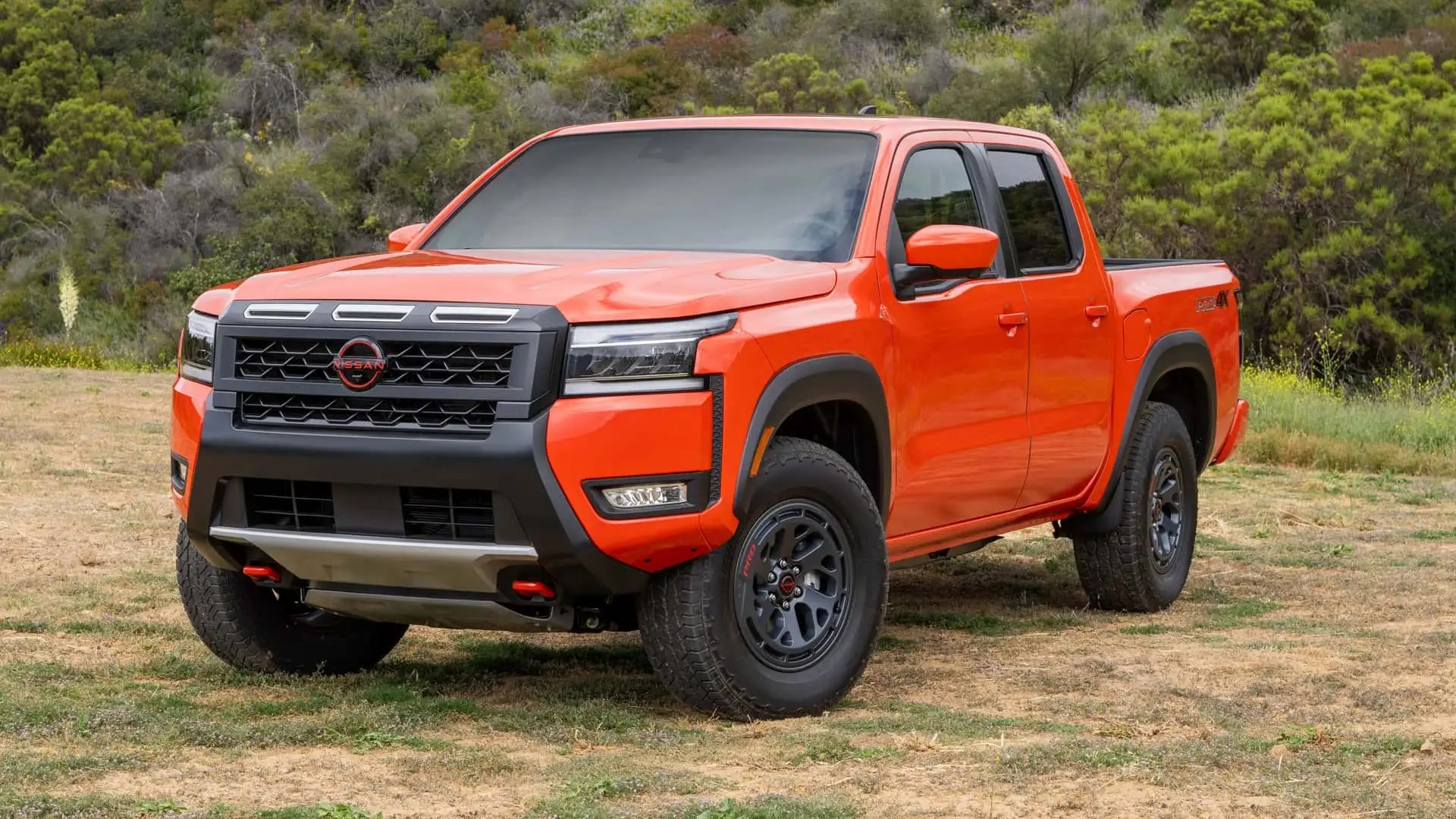
1. Nissan Frontier
The Nissan Frontier, while offering decent performance for everyday users, is not built with high electrical output in mind. This mid-size pickup typically features a single alternator that produces about 130 to 150 amps, depending on the model year and trim.
Though sufficient for regular driving, this capacity becomes a limitation when additional electrical demands are introduced. Users who attempt to add aftermarket lights, winches, or entertainment systems may quickly notice a dip in voltage performance.
During extended engine idling or when using devices such as power inverters or dash cams, the alternator’s low amperage can lead to battery drain. This is more visible in older Frontier models, where even the headlight brightness may fluctuate under stress.
Fleet operators who use trucks like the Frontier for mobile service or technical support often discover that the electrical load pushes the alternator beyond its safe working range.
The single alternator struggles to supply steady power when faced with both internal and external load, especially during low-RPM operation. This can result in frequent battery replacements or the need for aftermarket electrical upgrades.
Nissan has not made a dual alternator setup available from the factory, even on the PRO-4X or off-road trims. Buyers hoping to convert the vehicle into a full-time utility unit often need to depend on secondary battery systems or power packs to handle external equipment. These modifications can add weight, reduce space, and increase cost as time goes on.
Inside the cabin, features like seat warmers, touchscreens, and navigation work fine under normal use, but when multiple features are used at once, performance issues may arise. The onboard electrical management system does its best to maintain balance, but the limited alternator output often remains the weak point.
While the Frontier remains a dependable choice for light use and moderate commuting, it does not perform well under heavy electrical demand.
Users who plan to operate tools, trailers with lighting systems, or onboard power systems may need to look elsewhere or invest heavily in electrical upgrades. For drivers who value electrical power and versatility, the Frontier’s single alternator falls short of expectations.
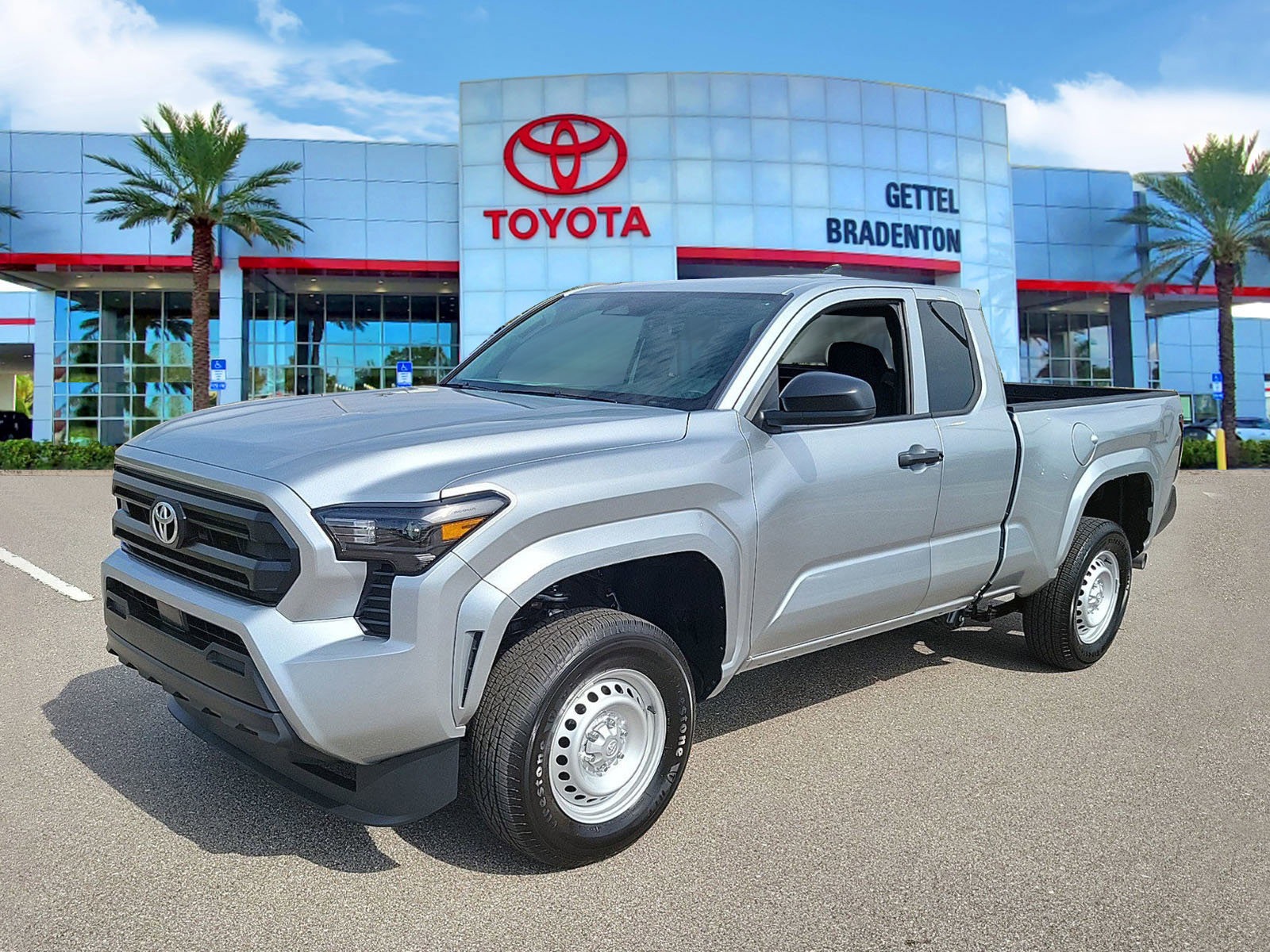
2. Toyota Tacoma
The Toyota Tacoma continues to enjoy strong popularity due to its reliability, off-road capability, and design. However, when it comes to electrical power, it falls behind trucks designed with higher demands in mind.
Most Tacoma trims come equipped with a single alternator generating around 130 amps, which can quickly become inadequate for any use beyond basic needs.
Owners who add off-road lighting, winches, or roof-mounted accessories often discover that the alternator cannot handle the combined load for long.
This becomes especially noticeable when driving at night with high beams and fog lights on, while running a dash cam, charging devices, and operating climate control. In these situations, the alternator strains and the battery bears most of the burden.
Electric power becomes even more of a concern during idle time. Many users leave the Tacoma running while setting up camp or working in the field. During these periods, low RPM combined with increased accessory use pushes the alternator’s limits. Extended idling under these conditions can drain the battery or reduce the system’s voltage to unsafe levels.
Another limitation lies in the fact that Toyota has not introduced a factory dual alternator option for the Tacoma, even in the TRD Pro or off-road variants.
This limits its ability to serve users who want to convert their trucks into expedition vehicles, mobile offices, or small camper setups. Most owners are forced to turn to external battery packs or solar solutions to meet their needs.
Inside the vehicle, users may experience lag when multiple electronic features are engaged. The single alternator sometimes fails to provide consistent power across all systems, particularly when external trailer equipment draws additional electricity. This can result in reduced performance or warning lights that indicate voltage issues.
The Tacoma is still a trusted pickup when used within its designed capacity. However, it lacks the electrical strength required for high-demand scenarios.
For buyers who place power reliability at the top of their priority list, the Tacoma’s single alternator system can be a disappointment, especially when compared with other trucks offering factory dual systems.
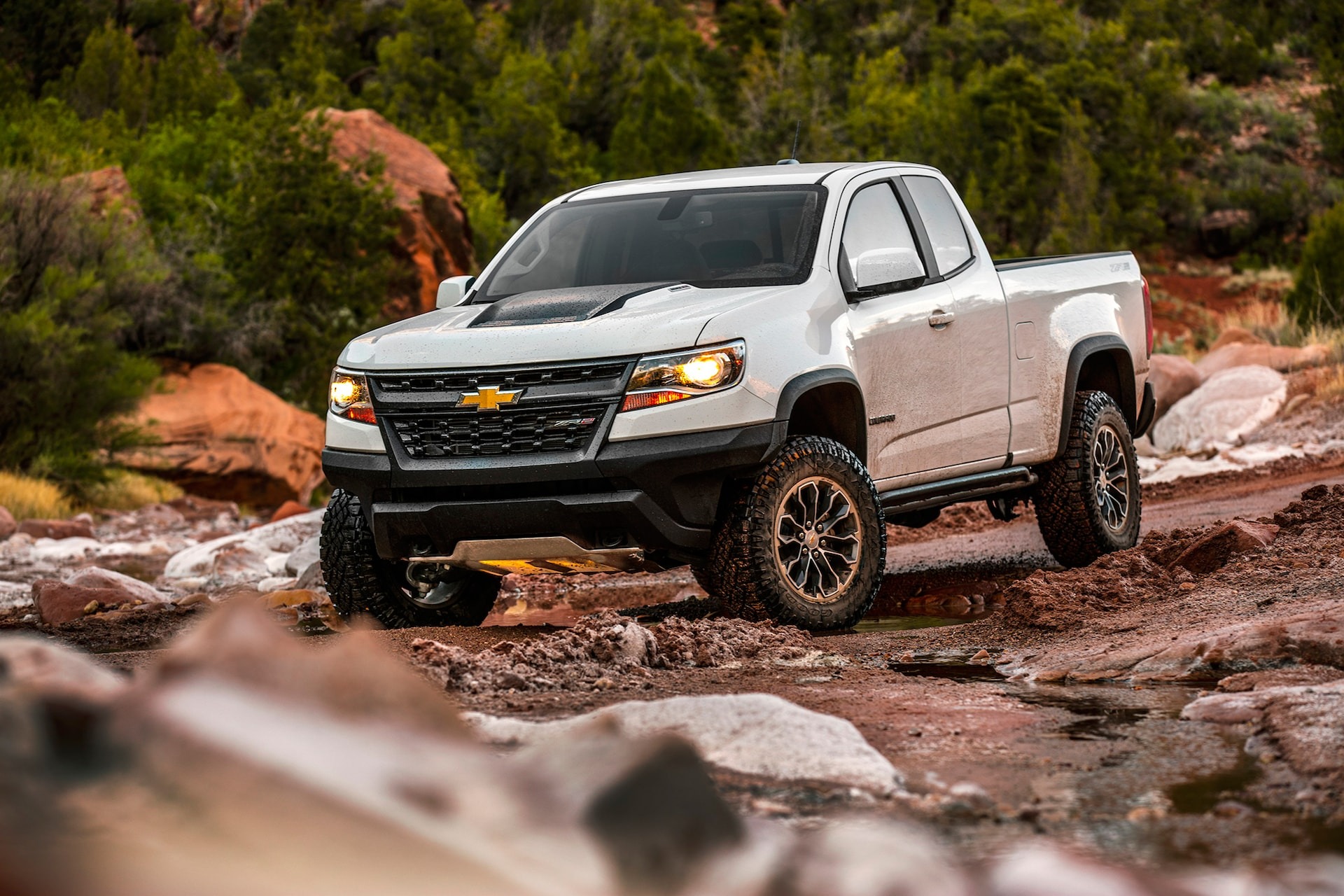
3. Chevrolet Colorado
The Chevrolet Colorado, while praised for its versatility and urban-friendly size, does not meet expectations when it comes to electrical strength. Standard models come with a single alternator outputting roughly 140 to 150 amps, which may work fine under light use but presents challenges once additional components are introduced.
Many Colorado owners choose to enhance their trucks with rooftop tents, off-road lighting, winches, or power inverters. These upgrades demand additional amperage, and the stock alternator does not always meet the challenge.
In particular, when the truck is stationary and the engine idles, voltage often dips below the optimal level. This can impact both battery life and accessory function.
Drivers who use the truck for trail rides or overland journeys may discover that extended trips with high accessory usage put too much strain on the single alternator.
The system often ends up working at full capacity without pause, increasing wear and the chance of failure. Those with camper attachments, refrigerators, or trailers may experience electrical drop-offs that require manual intervention or disconnection of certain items.
Inside the truck, the infotainment screen, heated seats, USB ports, and other features depend on a steady voltage flow. While these run fine in isolation, using them all together while also powering external accessories can overload the alternator. This may result in flickering displays, battery alerts, or even power interruptions.
Chevrolet has not included a dual alternator option on any of the Colorado trims, including the ZR2 off-road variant. Buyers looking for stronger electrical performance need to consider aftermarket solutions, which may not integrate as well as a factory-installed setup. This adds complexity and may affect warranty coverage or system compatibility.
The Colorado remains a solid mid-size truck for daily driving and occasional adventure. However, for those who need continuous power across many devices or systems, the limited single alternator becomes a bottleneck. Those considering this truck should carefully evaluate their electrical requirements before expecting the stock setup to carry heavy loads for long periods.
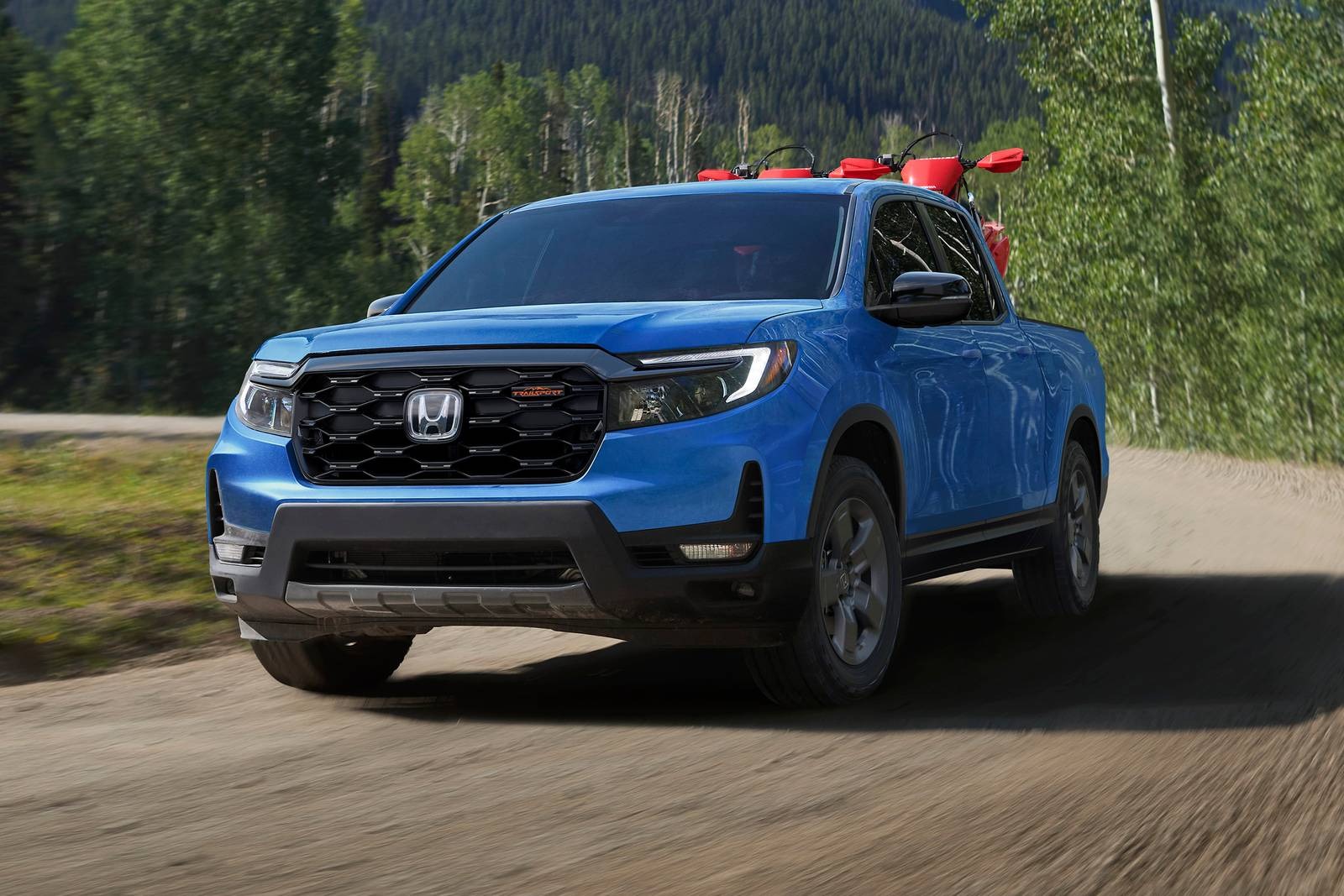
4. Honda Ridgeline
The Honda Ridgeline offers comfort, car-like handling, and clever storage solutions, but it was never built for heavy-duty electrical tasks.
With a single alternator producing between 130 to 150 amps, depending on trim level, the Ridgeline suits casual drivers more than professional operators or overland enthusiasts. This setup is often sufficient for commuting or light hauling but cannot support power-intensive accessories.
For owners who try to use the Ridgeline for more than basic utility, the electrical system quickly shows its limits. Adding light bars, winches, or other auxiliary systems places stress on the alternator, especially when operating at low speeds or while idling.
Under these conditions, the alternator cannot meet demand, and the battery becomes the main power source. This results in faster battery degradation and possible system alerts.
The Ridgeline’s electrical limitations are more visible when towing trailers with lighting systems or using onboard power tools. The alternator does not provide the output necessary to maintain a steady voltage during heavy draw. This can cause flickering lights, inconsistent charging, or even warning signals on the dashboard.
Despite being positioned as a utility truck, the Ridgeline lacks a dual alternator option. Honda does not offer any configuration that increases amperage output for users needing stronger electrical performance. Those who want more power must rely on external battery setups or make modifications that may void warranties.
Inside the cabin, the Ridgeline does include features such as a touchscreen, wireless phone charging, and audio systems that work well under regular load.
However, once additional demand is introduced, these features may lag or respond more slowly due to voltage drop. The vehicle’s electronic management does its best to balance power, but the limited alternator remains a weak link in performance.
Those seeking comfort and light-duty use may find the Ridgeline acceptable, but anyone intending to use the truck for remote work, emergency response, or long-term off-grid living may be disappointed. The alternator system simply does not match the needs of high-demand usage, making the Ridgeline a poor fit for power-focused buyers.
Also Read: 5 Once-Popular Cars Now Selling Below MSRP vs 5 That Still Sell Above Sticker
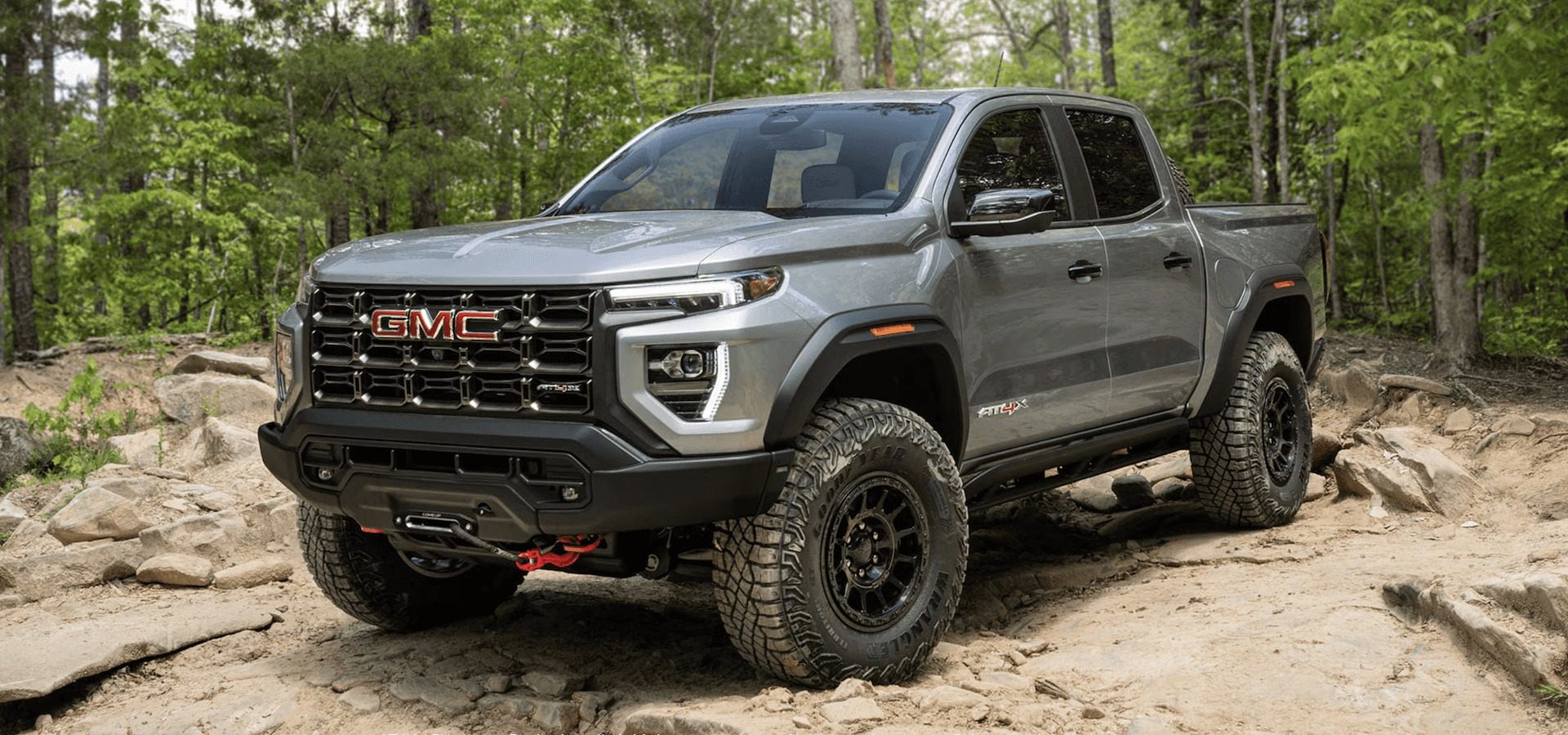
5. GMC Canyon
The GMC Canyon shares many features with the Chevrolet Colorado, and unfortunately, this includes its limited electrical power setup.
The truck comes with a single alternator system that delivers between 140 and 150 amps, which may be enough for city driving and simple towing but presents several problems for users requiring sustained electrical strength.
The Canyon’s alternator performance falls short when power tools, lighting systems, or trailer-mounted equipment are involved. Users who engage in camping, field work, or long-distance travel often find the battery draining faster than expected. While the truck may be comfortable and stylish, its electrical performance does not match its appearance.
Like the Colorado, the Canyon lacks a factory option for dual alternators. This makes it less appealing for business owners or tradesmen who need mobile power throughout the day.
The single alternator begins to show signs of overload when faced with multiple accessories and prolonged idling. This is especially problematic when vehicles are used for mobile command or emergency support.
Inside the vehicle, the power output may support basic systems such as infotainment, USB charging, and climate control, but voltage may drop when adding trailer brake controllers or rear camera systems with active sensors.
Some users report flickering dash lights or reduced charging efficiency when driving in low RPM ranges with all accessories engaged.
The electrical shortfall becomes even more problematic for those considering vehicle modifications. Adding auxiliary batteries or power systems requires careful integration, and without a second alternator, there is no backup during electrical failure.
This increases risk during critical operations, especially when used in off-grid environments or during long road trips. The Canyon has earned a good reputation for fuel economy and handling. However, it does not match the electrical capabilities of trucks built for heavy-duty use.
Buyers expecting to power up their vehicle like a mobile workstation may need to reconsider or prepare for major aftermarket investments. With its single alternator and low amperage ceiling, the Canyon is better suited for moderate use rather than power-demanding applications.

